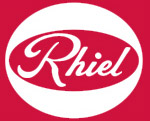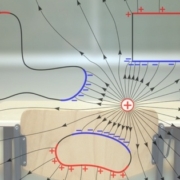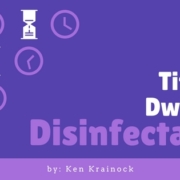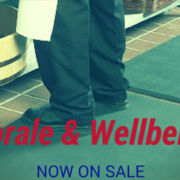Do You Properly Disinfect Your Surfaces?
As a society we smell a strong chemical odor with a hint of lemon and we think the surface has been disinfected. We spray bleach and wipe and we think we have killed germs. Who can blame us? That’s what has been advertised. That’s how, as a society, we have been conditioned to think. Products have even been introduced to clean and disinfect at the same time. Is this possible? The answer is yes and no.
First of all not all cleaners are a disinfectant. That’s an important distinction to make. With that said, cleaning and disinfecting should always be a 2 step process. First we clean spots and stains and dirt and dust, then we go back to the surface for proper disinfecting and the killing of viruses and bacteria and pathogens.
So what’s the key to the latter? Killing of viruses, bacteria and pathogens takes dwell time. If you read the instructions on your product, you will find that there is a specific amount of time the product needs to sit on the surface to be effective in eliminating the virus or bacteria or pathogen. Without the dwell time, you’re not eliminating anything. In fact in all likelihood you’re spreading the viruses and bacteria on your sponge or rag from one surface to another, this is called cross contamination. This holds true for floor mops as well.
The second key to proper surface disinfection is frequency of disinfecting. It’s important to develop a calendar of cleaning and disinfecting based on the usage of the space. What that means is the more a space or surface is touched the more it should be treated. All to often we clean and disinfect for time and appearance and not for health, this is a big mistake. If you adopt the proper disinfecting protocol for your surfaces and space it will actually save you time and labor costs as well as chemical costs, and your space will be healthier.
The next step to properly disinfecting is to touch all the spots! If you miss a spot, you miss a virus or bacteria. It’s important to be consistent in your application of products and to make sure you cover all the space. We can identify touch points by high, medium, and low, for example a door handle or light switch would be high, a table top may be medium, while a clock in a room on the wall may be low. Your disinfecting protocol must identify these touch points and be sure they are consistently treated to have favorable success in your disinfecting.
To achieve the outcomes desired, the delivery system of product is vital to the success of the protocol. First it must be safe to use, protecting the user against irritation and damage to exposed skin . Traditional spray bottles are uncontrolled and inconsistent and therefore poses a greater risk to the user. Foggers can create an airborne condition getting into the ventilation system of the building and create inhalation issues. Touchless Electrostatic Technology has proven to eliminate these risks and to cover 100% of the touch points on the surfaces and space.
In our next blog, we will discuss what Touch Point Healthy Certification means for your surfaces and space, and how Rhiel Innovative Solutions can make your buildings and surfaces safer and healthier through Touch Point Health and Electrostatic Surface Disinfection.












